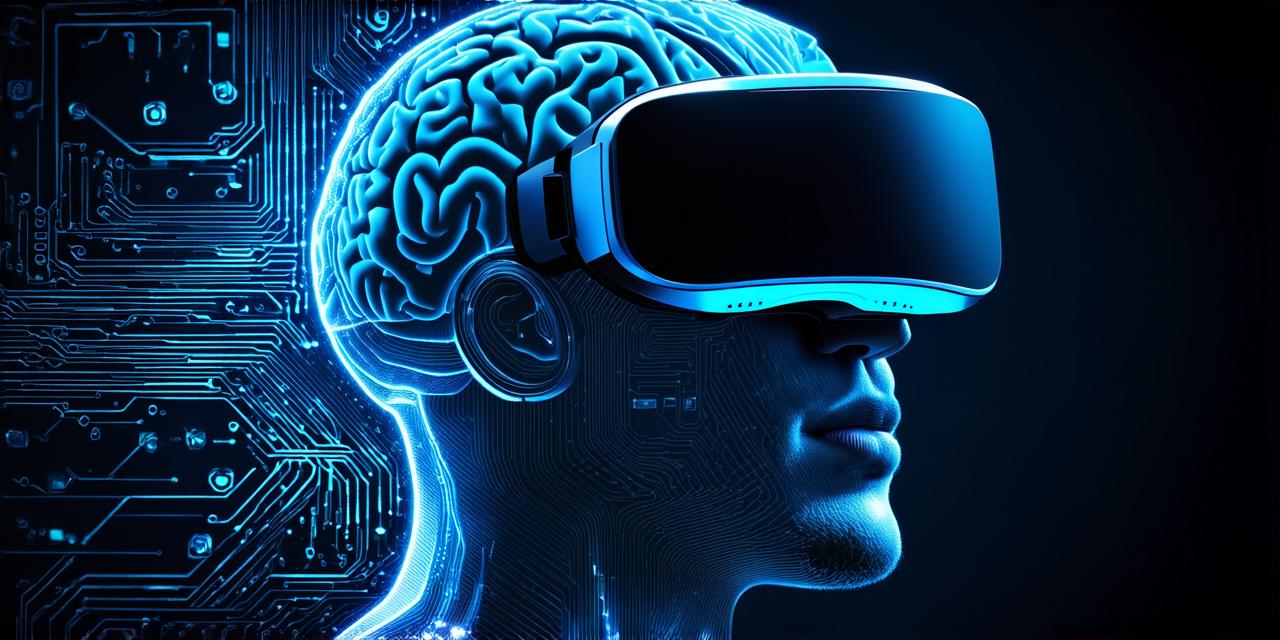The Science Behind Virtual Reality and Its Impact on the Brain
Virtual reality technology works by creating a computer-generated environment that simulates the real world. When a person puts on a VR headset, they are surrounded by a 360-degree view of a virtual environment, which can be customized to fit their preferences.
This immersive experience stimulates various parts of the brain and triggers different responses. Studies have shown that VR can affect memory, attention, and perception. For example, a study conducted by the University of California, Irvine found that people who experienced a virtual reality environment were better able to remember details about the experience than those who did not.
Another study by the University of Oxford found that VR can improve spatial awareness and reduce the risk of accidents in high-risk environments such as construction sites. Additionally, VR can be used for therapeutic purposes, such as treating anxiety disorders, PTSD, and phobias.
Case Studies and Personal Experiences
One example of the impact of VR on the brain is the use of VR in treating phobias. A person with a fear of heights can use VR to simulate being at the top of a tall building, allowing them to confront their fear in a safe and controlled environment. This exposure therapy has been shown to be effective in reducing symptoms of fear and anxiety associated with the phobia.
Another example is the use of VR in education. A study conducted by the University of Maryland found that students who used VR simulations to learn about history were more engaged and had better recall of information than those who did not. This suggests that VR can be a valuable tool for enhancing learning experiences and improving knowledge retention.
Personal experiences with VR can also provide insight into its impact on the brain. One user reported feeling a sense of awe and wonder when using VR to explore a virtual environment, while another user found that VR helped them overcome motion sickness and improved their balance. These personal experiences highlight the potential benefits and drawbacks of VR technology.
FAQs
1. What happens in the brain when we use VR?
When we use VR, different parts of the brain are stimulated, including the hippocampus (responsible for memory), the prefrontal cortex (responsible for attention and decision-making), and the occipital lobe (responsible for vision).
2. Is virtual reality safe?
Virtual reality is generally safe when used responsibly. However, there are potential risks associated with prolonged use, such as motion sickness and eye strain. It’s important to follow safety guidelines and take breaks when using VR.
3. What are some of the potential benefits of virtual reality?
Some of the potential benefits of virtual reality include improving memory, attention, spatial awareness, and reducing symptoms of anxiety and PTSD. VR can also be a valuable tool for enhancing learning experiences and improving knowledge retention.
4. Are there any drawbacks to using virtual reality?
Yes, there are some drawbacks to using virtual reality, including motion sickness, eye strain, and potential negative impacts on sleep and cognitive function. It’s important to use VR responsibly and take breaks when necessary.
5. How can virtual reality be used in therapy?
Virtual reality can be used in therapy for a variety of conditions, including anxiety disorders, PTSD, phobias, and depression. Exposure therapy, where a person confronts their fear or anxiety in a controlled virtual environment, has been shown to be effective in reducing symptoms associated with these conditions.
